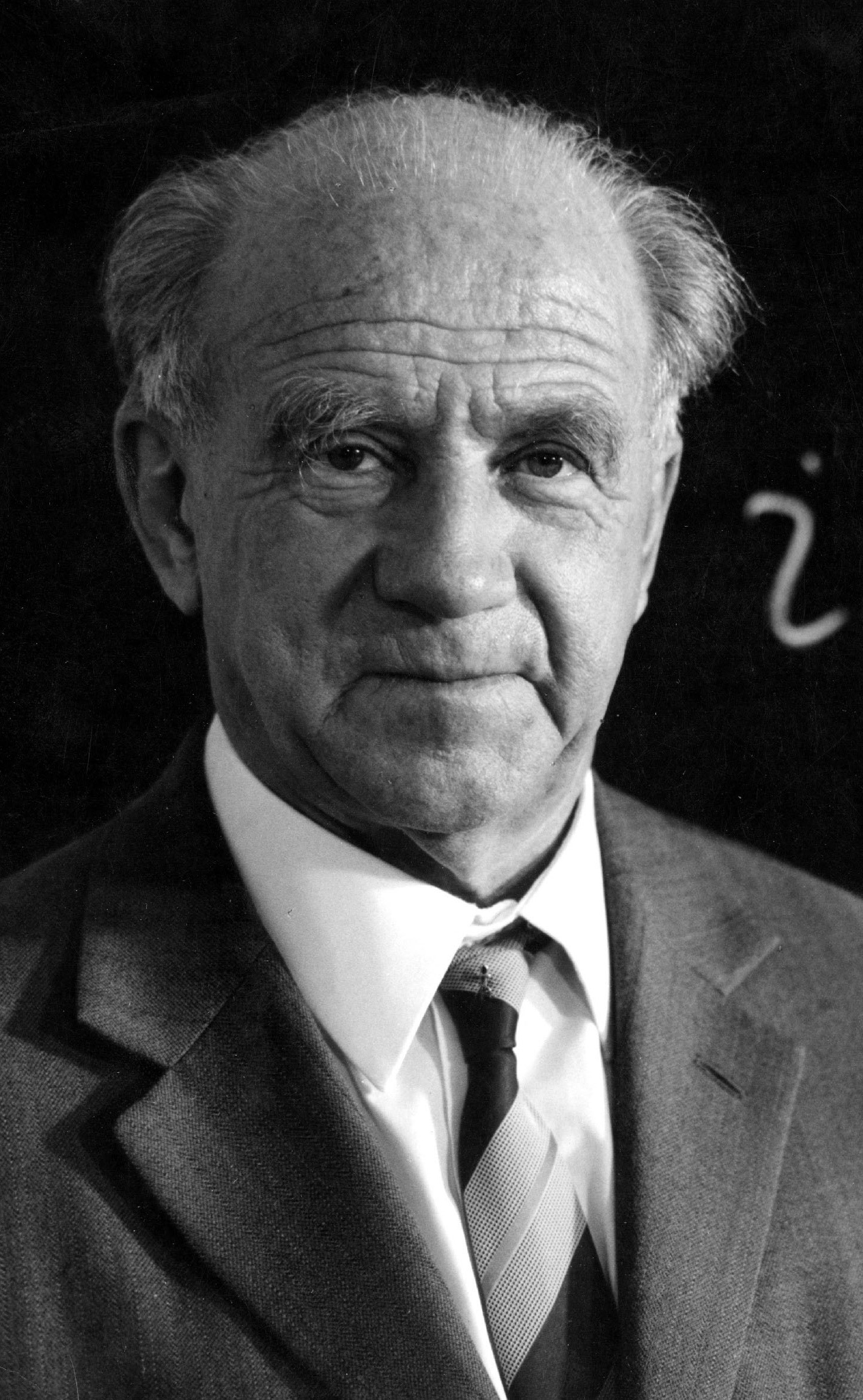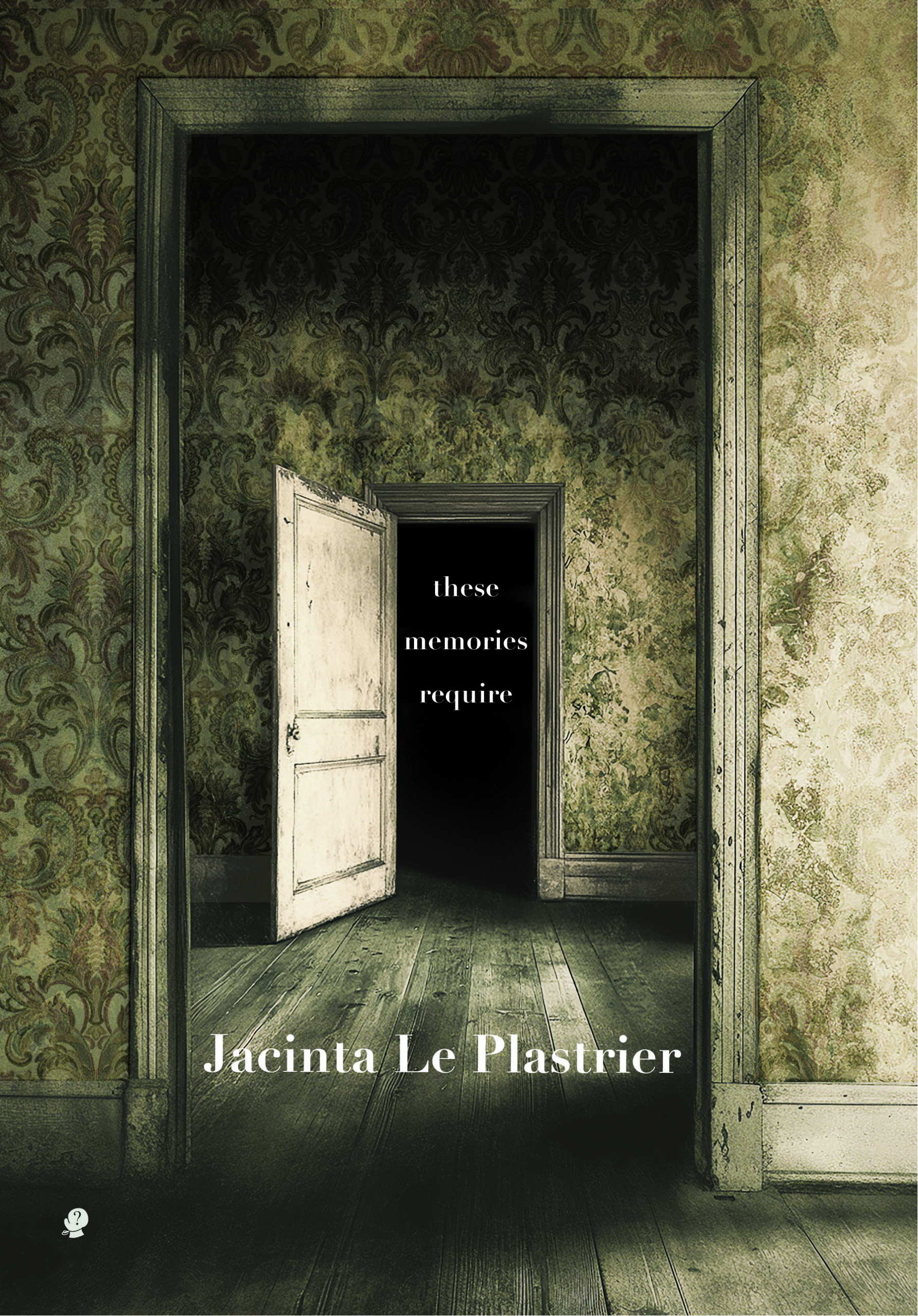The Fogging
Scribe, $29.99 pb, 240 pp
The Fogging by Luke Horton
Luke Horton’s novel The Fogging opens with a panic attack. Tom, the book’s protagonist, begins to tremble and sweat when the flight he is on – from Melbourne to Denpasar – hits turbulence. Tom is travelling with his long-term girlfriend, Clara, on a holiday they have organised more out of duty than from any real desire for travel, having booked their flights to use up his mother’s Frequent Flyer points. The turbulence wakes Tom’s ‘ringing nerves’ and anxiety starts ‘chewing his insides’, making him ‘shimmer’ and ‘pulse’. He panics, or comes close to panicking, a number of times throughout the novel. Horton’s handling of this – directly, sensorially, compassionately – is remarkable. Tom’s panic attacks are always vivid and bodily, and they always feel true to life. It’s rare to see this achieved so well in fiction.
Tom’s anxiety, his illness, is ever-present in The Fogging, always sitting just below the surface of the text, or, to use the book’s own metaphor, always hovering in the air and clouding both Tom’s judgement and the perspective he offers the reader. Tom is rarely comfortable and easily embarrassed, acutely aware of his own body and the impression he is surely making on others, always alert for humiliation and shame. So much of what happens to him happens internally – the reader is privy to this in considerable detail – and this comes at the expense of any clear-eyed appraisal of what is going on around him.
This effect is heightened by the fact that not much happens in the novel. Tom and Clara’s holiday mostly involves sitting on the beach or around a pool or eating in restaurants. This means that the novel unfolds almost entirely inside Tom’s mind, which gives the narrative a sense of claustrophobia and a mounting intensity that grows increasingly disquieting. When it does open up, it is because of a young family that Tom and Clara meet beside the resort pool, whose presence complicates the interactions and observations that Tom is relaying. The family – the charismatic Madeline, her more taciturn partner, Jeremy, and their five-year-old son Ollie – have a simpler and more settled way of being than Tom is used to. Madeline is talkative and demonstrative, while so much that passes between Tom and Clara is left unsaid. The family works as a kind of counterpoint, a way of demonstrating everything that Tom is not and is unlikely to ever be.
 Luke Horton (photograph via Scribe Publications)
Luke Horton (photograph via Scribe Publications)
Almost everything else that accounts for plot occurs as memory, mostly where Tom reflects on the last holiday that he and Clara took together. This was a decade ago, before his anxiety became disabling and both of their lives settled into their present groove, with regular (if dissatisfying) work, a home (albeit one that is rented and grotty), and a small circle of friends. That holiday had been a gap year of sorts, which the pair did ‘before they got serious about things’, and involved some of the usual stops – Thailand, Laos, Germany – as well as a month spent working on farms in France. It is this month in particular that Tom thinks about in Bali, in no small part because it precipitated a temporary breakup, the cause of which he has never quite understood but also never discussed with Clara. This clever device offers hints about exactly what is happening now, even as Tom remains oblivious to the undercurrents of emotion that are eddying around him.
Tom’s failure, then, is largely one of empathy. He is so caught up in his own feelings and reactions, his own interior life, that he is unable to appreciate the interior life of his partner and the ways in which it might be different to his own. He is aware that he and Clara don’t talk about their small conflicts or discuss their decisions, but genuinely believes that they don’t have to. He never really sees Clara or appreciates her personhood and agency: in many ways, Tom offers a portrait of a kind of masculinity common in young men, one which is well-meaning and non-violent, but devastatingly harmful nonetheless. But Horton’s depiction is not unkind, and Tom is never completely unlikeable. We see his damage and his efforts to do and be his best, and there’s a real skill in the way that Horton balances this character and keeps the reader connected to him, despite his bad behaviour and his flaws.
The Fogging also does a beautiful job of capturing some of the complexities of place, and of tourists in Bali, especially as the event from which the book takes its name – a thick, chemical spraying of pesticide all over the resort – causes its main crisis. The fogging is a practice that is entirely for the benefit of tourists, and one that is artificial and poisonous; it is both demanded and despised by the people whom it services. More importantly, it is obscuring and insidious, like so much of what passes between the characters.
The Fogging, a remarkably assured début, is bold and striking in its approach and voice. Horton has great control over his characters and their perspectives; he unfurls the narrative slowly and with considerable subtlety. Tom’s illness, in particular, is handled with generosity, directness, and an acute awareness of the effect that it has, the constraints it places on him, and the people he loves. The book is a portrait of indecision and inarticulateness, and the havoc they can wreak, however quietly and unintentionally, upon a life.











Leave a comment
If you are an ABR subscriber, you will need to sign in to post a comment.
If you have forgotten your sign in details, or if you receive an error message when trying to submit your comment, please email your comment (and the name of the article to which it relates) to ABR Comments. We will review your comment and, subject to approval, we will post it under your name.
Please note that all comments must be approved by ABR and comply with our Terms & Conditions.